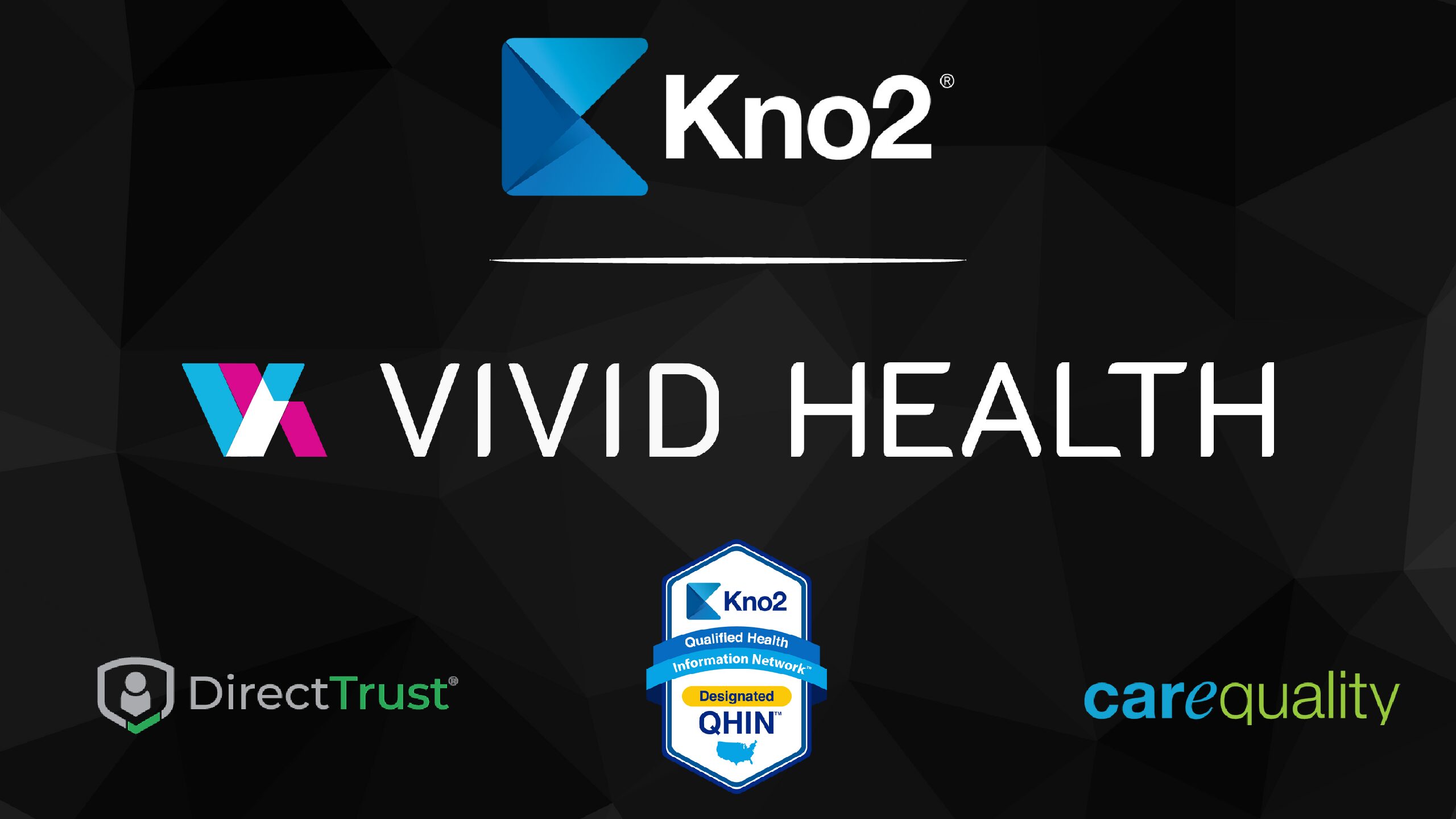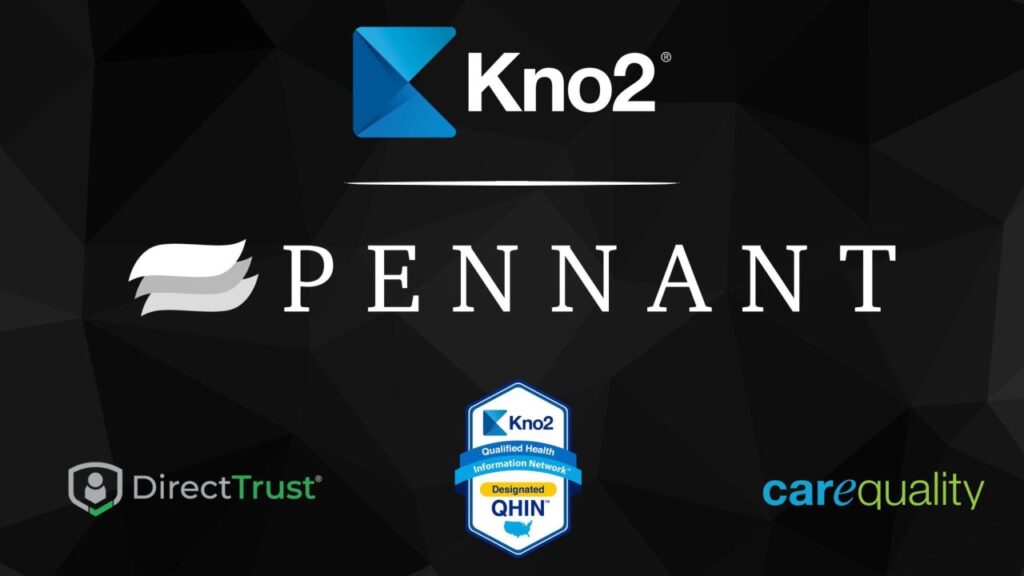Advancements, hosted by Ted Danson, broadcast a segment on Kno2 that focused on the company’s mission to eliminate fax from healthcare by driving connectivity, collaboration, and innovation to the way patient information is accessed and shared. The episode aired on CNBC Saturday, August 10th, 2019.
Watch the video or read the transcript of the episode below, a 5-7 minute read.
Transcript:
Narrator: When the fax machine was first implemented in the 1960s it seemed revolutionary. Truly taking off in the 1990s, it became a mainstay in every office. Later, electronic mail became the primary method for sending documents. What once took minutes for a fax machine to send and deliver now could be accomplished in mere seconds.
Prompt: How did electronic mail phase out the fax machine in modern offices?
Dane Meuler: Email replaced faxing because it was easier to use. In business settings they were able to use those documents very quickly and there was no cost to it really.
Narrator: Today, most industries have moved away from using fax machines altogether. However, much of the healthcare sector remains reliant upon fax machines for sending important documents, such as patient records or prescribing orders.
Prompt: Why is the healthcare industry so slow to phase out the use of fax machines?
Dane Meuler: It happens with anyone right, ingrained workflows, we do what we’ve always done…the other part that is kind of funny, is that people think a fax machine is secure.
You know, that is a misperception because we still got paper laying all over that people can access it. The other piece that makes it somewhat difficult is the complexity of healthcare. You might see a neurologist, you might see a behavioral health specialist, you might even find yourself seeing the optometrist or being in a skilled nursing setting. Each of those settings collects their own information and they structure it differently, and thus we really need a path that is going to allow us to transition away faxing across the spectrum of interoperability to ultimately, we can now be exchanging data between these systems.
Narrator: While some physicians are making the switch to digital, most still need a fax machine in the office to coordinate care for patients being seen in care settings outside of their primary are provider office, as a result, 75-percent of all medical communications are still conducted by fax.
Prompt: As a provider and medical director, how does faxing impede the care of patients with a chronic illness like diabetes?
Dr. Paul Williams: The challenge for us with the fax machine is the primary care provider needs to create a referral for the annual diabetic eye exam. They have to find a cover sheet, they have to print out some clinical notes, they have to fax it over, they have to hope it’s received on the other end and it goes through, and it ends up in the right hands. And then repeat that whole cycle back again.
This is an old school, last century solution to a modern problem. It simply doesn’t work.
Prompt: Why does interoperability seem daunting to providers?
Dane Meuler: There is this idea that there is an all or nothing transition in order to get to an interoperable state. We’ve got to be able to show them a path to interoperability that is easy to achieve.
Narrator: Kno2, a company dedicated to eliminating fax from healthcare, is on a mission to drive connectivity, collaboration and innovation, starting with the way patient information is access and shared.
Prompt: Who is Kno2 and what is the company’s mission?
Jon Elwell: Kno2’s mission and purpose is to get fax out of healthcare. it’s best for the patient, and best for the provider, ultimately reducing cost in the system as well. The question is how is this is accomplished? Interoperability is the answer…the challenge is how?
Eliminating fax in healthcare has two important outcomes…reducing time spent on antiquated business processes, giving time back to the provider and their staff…secondly, reducing cost…putting the right information in the right place at the right time, ultimately putting the focus where it belongs…the patient.
Narrator: When healthcare organizations and providers have different EHR platforms it can be difficult to connect to one another to exchange patient information and close care gaps.
Prompt: How are Vision Source members improving care coordination with your transition from faxing to interoperable exchange?
Dr. Paul Williams: We have someone standing at a fax machine trying to send a document to a busy line they have to keep coming back to…that person could be providing care, but we’ve got them standing in front of a fax machine.
Patients were getting seen in 12-16 weeks and we were getting results back in 10-12 weeks. Once we implemented the tools where the primary care providers could have access to a high performing network, have interoperability with Kno2 the appt time went down to 7-10 days and results were back to the primary care provider in 48 hours.
Because it integrates within the EHR we can now also use the data. Because this information is now data, it’s not a piece of paper, we can use the data to measure the quality, document what we’re doing, to project analytics to how is this patient doing across the lifetime of this care continuum with this chronic disease. But we can’t do that with antiquated technology like a fax machine, which was just getting in the way of us providing quality care.
Prompt: What is Interoperability and how is Kno2 leading healthcare’s path to interoperability?
Therasa Bell: Interoperability is an interesting word, especially in healthcare. But at its core, it is two disparate clinical systems being able to securely and electronically share information. If you look at how the information is used and absorbed that is where the definition will continue to expand.
And this is where I think we’re unique in our approach to healthcare. Similar to the interstate system, where it was necessary for all the roads to be built first…we’ve taken a similar approach. We look at it as a building block approach, making an easy on-ramp onto the interstate and making it very simple and leading people through the change is what is key for our healthcare system.
Narrator: Kno2’s Interoperability as a Service™ turns on connectivity among millions of healthcare providers with the capability to secure send, receive, find and use patient information everywhere, instantaneously.
Prompt? How does Kno2 help eliminate fax from healthcare?
Jon Elwell: Getting a medical practice to remove fax starts with respecting what they do every day, evolving chronic illness, new medications, new procedures…things we want them focused on…not an intimidating, complex business process. Kno2’s passion is to bring simplicity to that, reduce change, and ultimately improve the way patient information is exchanged.
Prompt: How does Kno2 differ from other digital or electronic healthcare services?
Therasa Bell: US Healthcare is very complex. And we’ve done a great job, and I take a lot of pride in it, in making interoperability simple for the end user. Through one connection to us, they have connection to the rest of the US healthcare system.
Narrator: Guided by connectivity assessments and analytics, Kno2 enables access to providers via cloud faxing, Direct secure messaging, patient information query and patient care networks.
Prompt: What are some of Kno2’s key features and how are they guided by connectivity and analytics?
Therasa Bell: Given the disparity and how information flows into any provider office that you may walk into, being able to have one standardized workflow for receiving patient referrals, as an example is critical to adoption on the human side. The analytics is very real world and very personal to each provider’s office. So, we look at their current activity today that they may have in faxing and help them progress forward and make it tangible, so they know exactly how to take real world steps and move away from the fax machine.
Narrator: In an industry where lives are at risk and costs are out of control, timeliness and informed decisions are critical.
Prompt: What future impact does technology have on the healthcare industry?
Therasa Bell: Technology is the key to change in healthcare, especially in US Healthcare. Everything from robots performing surgery in the operating room to artificial intelligence being applied to improving care and reducing costs. Technology is the key to improving the US healthcare system and progressing it forward.
Prompt: Who benefits from Kno2 services?
Jon Elwell: If you think about healthcare, typically people think about a hospital or doctor’s office. When we think about healthcare and the need to exchange patient information, we think of it in a very broad basis…right…anyone, it could be an ambulance, a case worker, it could be somebody caring for an elderly patient and needs information…there is a lot of people who participate in healthcare and Kno2 is aligned to serve all of them. Any care setting, any need in which patient information is exchanged, is addressed.
Narrator: For more information, visit www.kno2.com.






